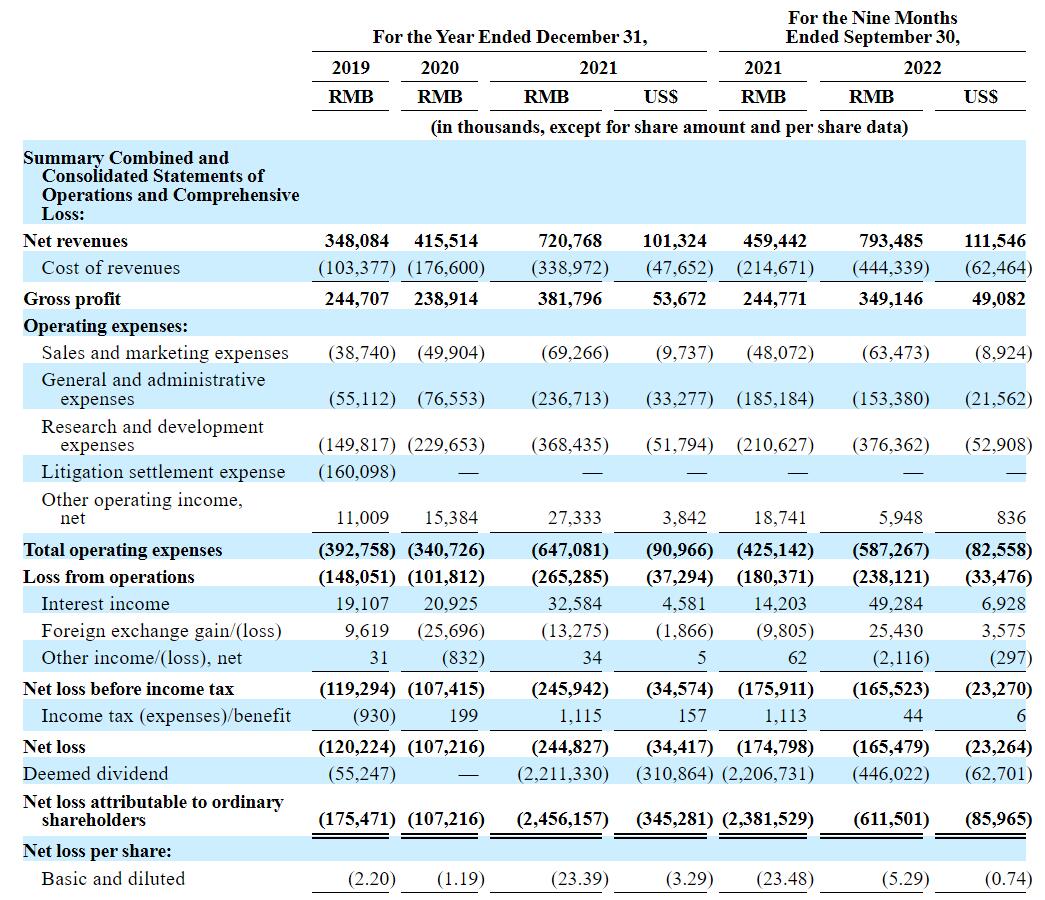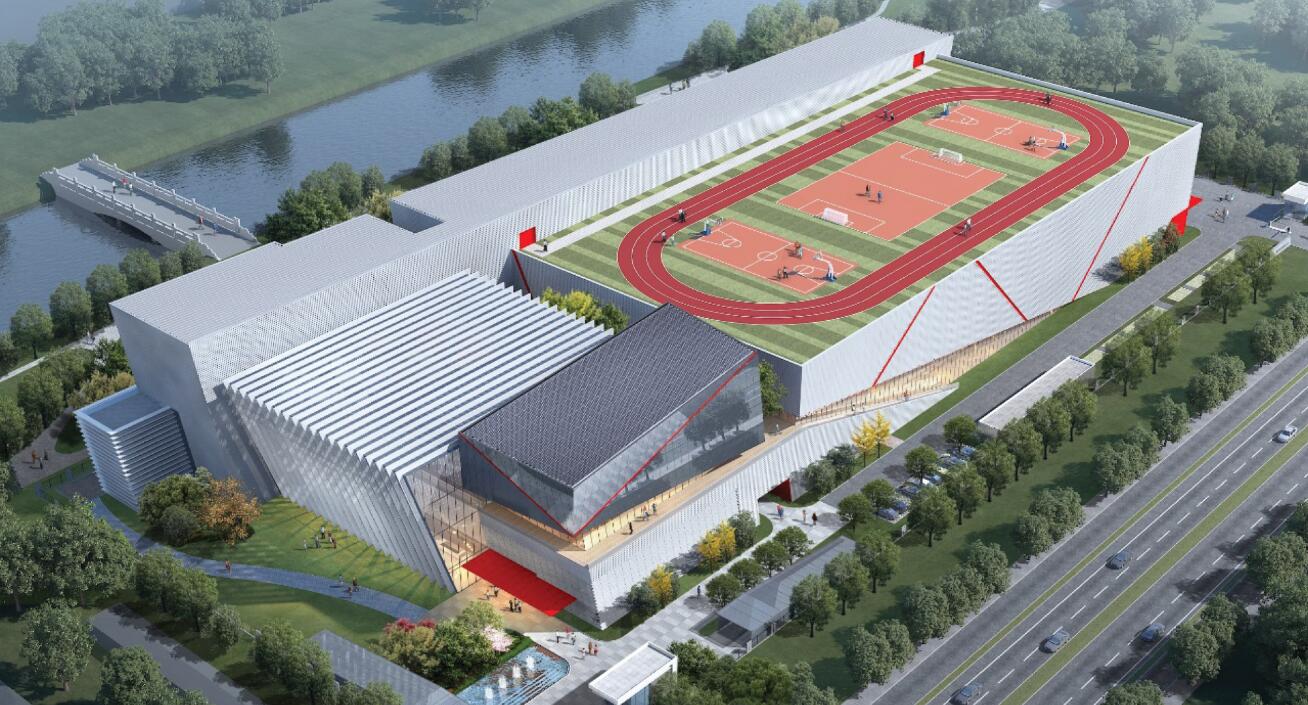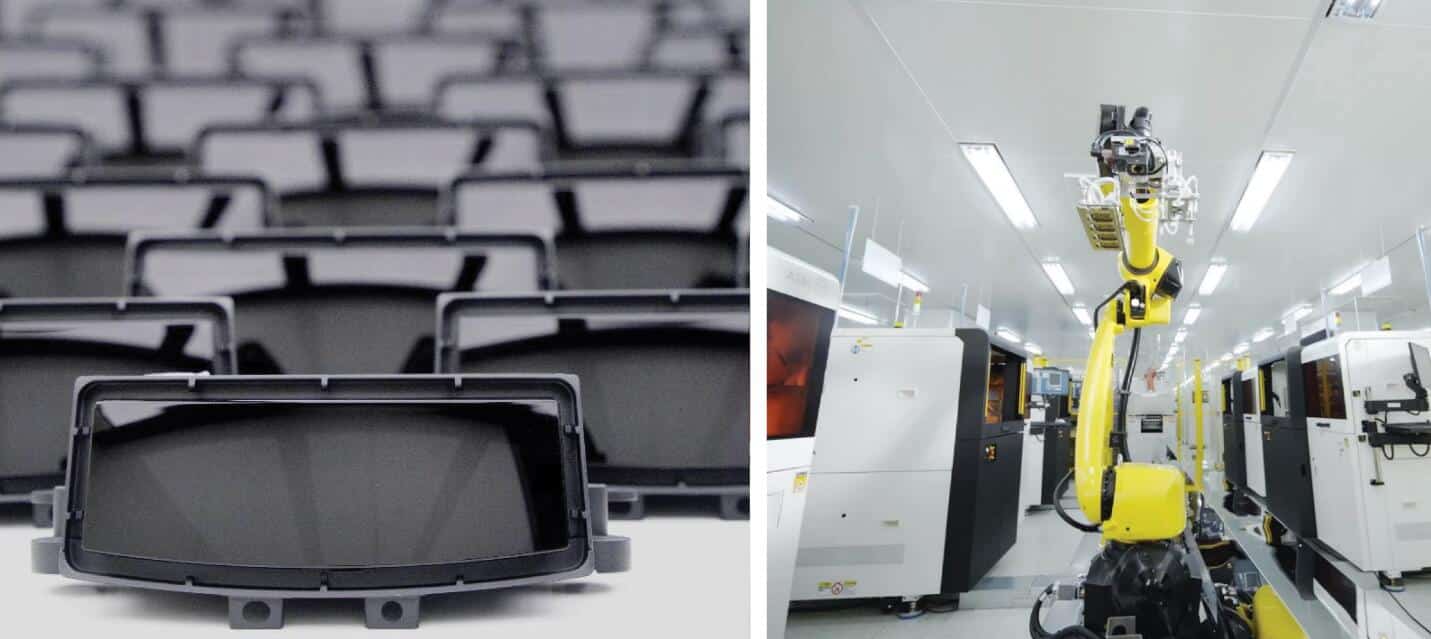Hesai's US IPO raised about $190 million, making it the largest IPO of a Chinese company in the US in the past 18 months.
LiDAR maker Hesai Group (NASDAQ: HSAI) marked its Nasdaq debut, becoming the first Chinese LiDAR manufacturing company to list in the US, after regulatory risks apparently eased in the past few months.
Hesai began trading on Thursday under the ticker HSAI, opening at $23.75, up 25 percent from its offering price.
As of Thursday's close, the company's shares were trading at $21.05, up 10.79 percent, with a market capitalization of $2.6 billion.
Hesai's initial public offering (IPO) was priced at $19 per share, at the top of its guidance range.
s
The company made a public offering of 10 million ADS shares for gross proceeds of about $190 million, making it the largest IPO of a Chinese company in the US in the past 18 months.
Hesai's IPO marks the return of a number of Wall Street investment banks to the US-China trading scene. The IPO is the first deal by Goldman Sachs, Morgan Stanley and Credit Suisse to underwrite a US-listed Chinese company since 2021.
Founded in Shanghai in late 2014, Hesai initially focused on developing high-performance laser sensors and has been exploring driverless LiDAR products since 2016.
In early 2021, Hesai filed to go public on China's Nasdaq-style sci-tech innovation board, also known as the STAR market, with a goal of raising RMB 2 billion ($290 million) at the time, valuing the company at more than 10 billion yuan. However, the company withdrew the IPO in March 2021.
In June 2021 Hesai closed a Series D funding round of over $300 million with investors including GL Ventures, Xiaomi, and Meituan.
In November 2021, Xiaomi invested an additional $70 million, bringing Hesai's total Series D funding to more than $370 million.
From 2019 to 2021, Hesai's net revenue was RMB 348.1 million, $415.5 million and $720.8 million, respectively, with 19.4 percent growth in 2020 compared to 2019 and 73.5 percent year-on-year growth in 2021, according to Hesai's prospectus.
For the first three quarters of 2022, the company's net revenue was RMB 793.5 million, up 72.7 percent from RMB 459.4 million for the same period in 2021.
Hesai's gross margin for 2019-2021 was 70.3 percent, 57.5 percent and 53 percent, respectively, with net losses of RMB120 million, RMB107 million and RMB245 million, respectively.
For the first three quarters of 2022, Hesai's net loss was RMB165 million, a decrease of 5.7 percent from a net loss of RMB175 million for the same period in 2021.
For 2019 through 2021, Hesai's research and development expenses were RMB149.8 million, RMB229.7 million and RMB368.4 million, representing 43.0 percent, 55.3 percent and 51.1 percent of net revenue, respectively, for the same periods.
From the first three quarters of 2021 to the first three quarters of 2022, Hesai's R&D investment increased by 79.2 percent, from RMB210 million to RMB376.4 million.
Hesai has partnerships with companies including Li Auto, Jidu, Aiways, WeRide, and Nvidia.
In early September 2022, local media LatePost reported that Xiaomi identified Hesai as the LiDAR supplier for its first model, which will use one of the latter's hybrid solid-state radars, AT128, as the primary radar, and several all-solid-state radars as fill-in radars.
On September 29, 2022, Hesai announced that it exceeded 10,000 deliveries of its AT128 LiDAR in a single month in September, the first LiDAR manufacturer in the world to reach this milestone.
Hesai's announcement came a day after Li Auto announced on September 28 that the 10,000th Li L9 rolled off the line from the company's manufacturing facility in Changzhou, Jiangsu province.
Hesai's entire production line is automated at 90 percent, with an average of one qualified LiDAR product rolling off the line every 60s, it said at the time.
The company said it has also invested nearly $200 million in a manufacturing center known as Maxwell, which has a planned annual capacity of more than 1 million units, to meet future demand for larger deliveries, and the new facility is expected to go into operation this year.
(Image from Hesai's prospectus.)




